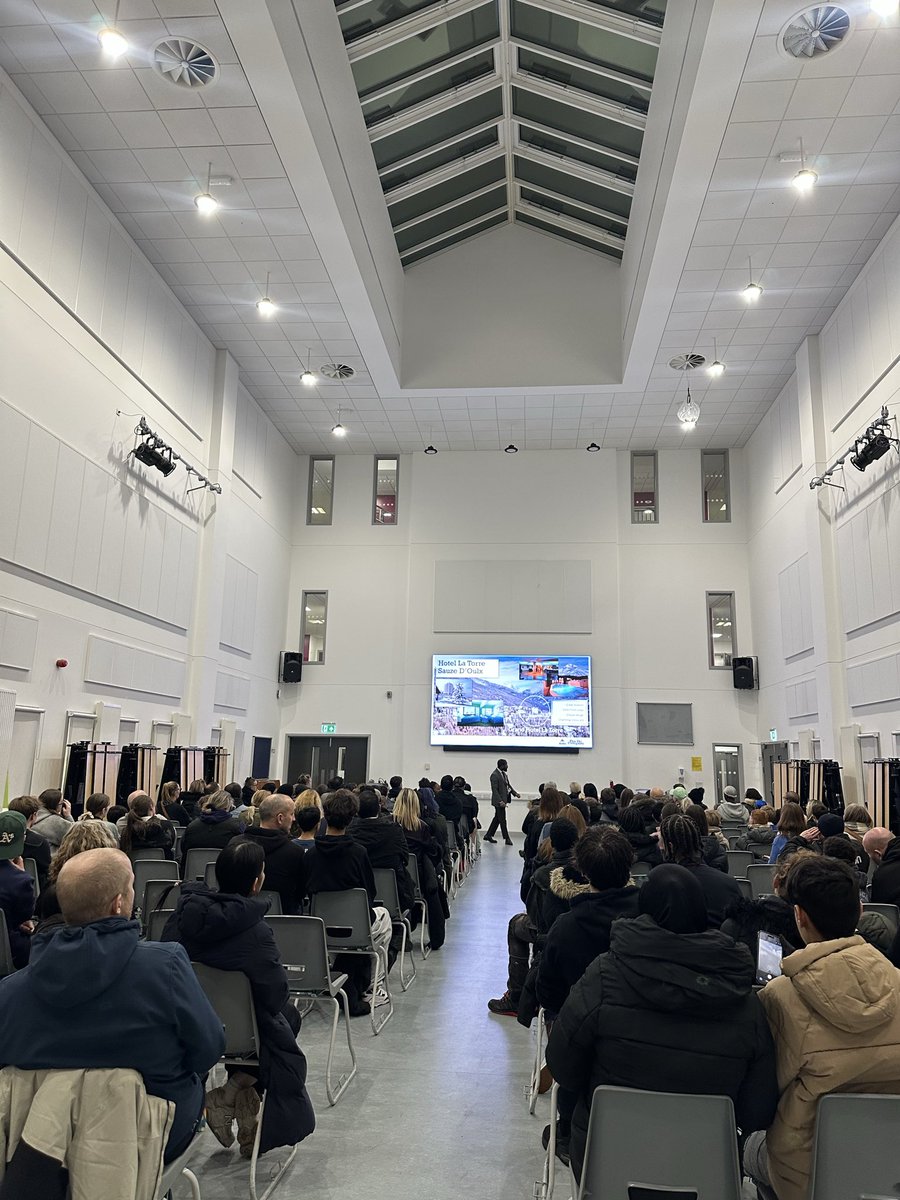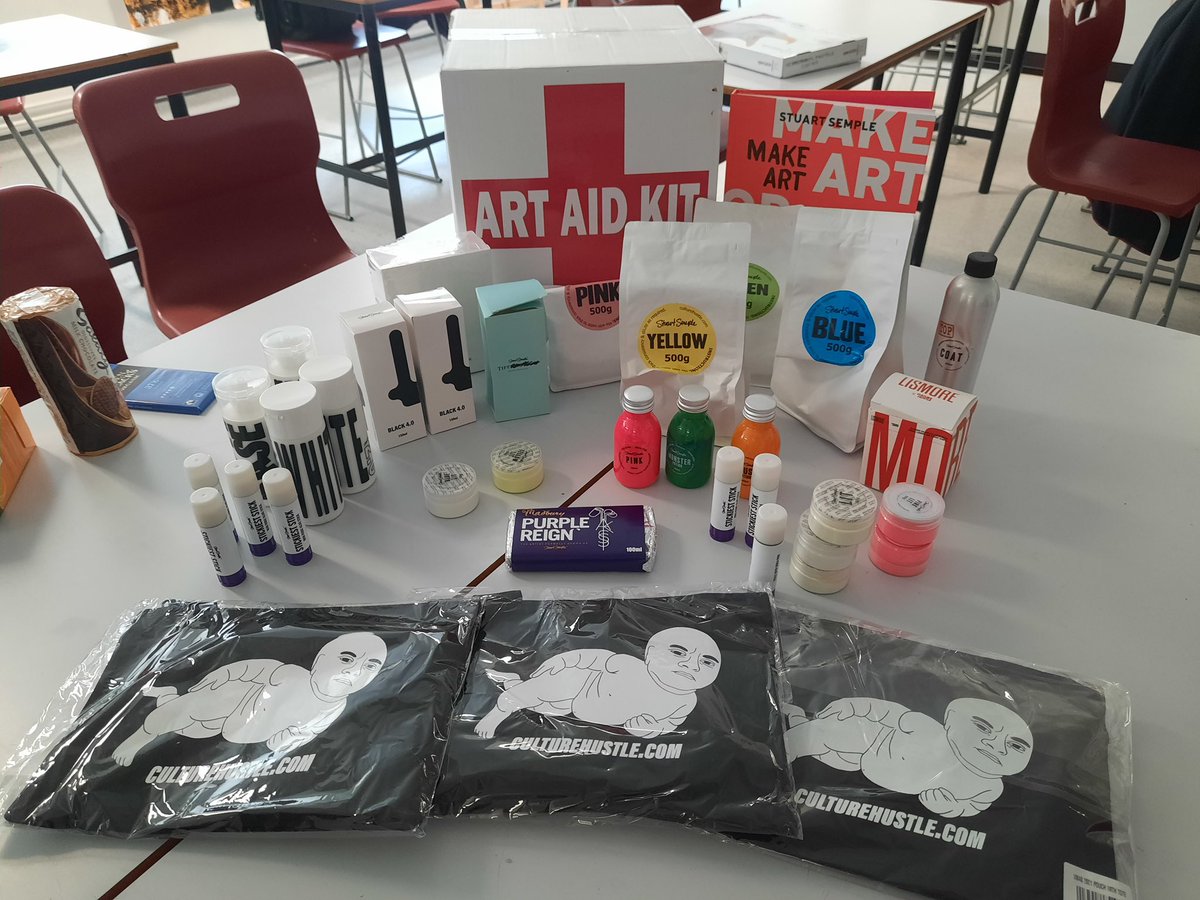Design Technology
Intent
We want to prepare our students to participate confidently and successfully in an increasingly technological world. By gaining an awareness of wider influences including historical, social and environmental factors, we hope our students will get the opportunity to work creatively when designing and making and apply technical and practical expertise.
Design & Technology allows students to study a broad range of design processes, materials techniques and equipment. Students will use their creativity and imagination to design and make outcomes that solve real and relevant problems, considering their own and others’ needs, wants and values.
YEAR 7
In Year 7 students will gain an insight into the world of DT, starting with drawing and design. Students will be introduced to technical drawing, using maths to draw accurately in 3D. We focus on perspective and adding tone to 3D shapes. Once we have mastered the skill of measuring angles accurately, we progress on to hand tools and working with materials. Firstly, understanding the characteristics and properties of softwoods such as Pine. Using the skill of measuring from technical drawing, combined with the knowledge of materials we then apply this to a practical outcome. Students in year 7 will create a working sweet dispenser, through this they will explore many skills and processes such as hand tools, machinery and joining methods. Alongside a practical outcome, students will have an insight to graphic design by designing a logo for their project, introducing them to basic computer design skills through power point. Towards the end of year, we explore further materials and processes with a short textiles-based project. Students will experience the full design process by researching, designing and making a fabric key chain, using simple sewing techniques such as hand stitching and applique.
YEAR 8
In Year 8, students will explore new materials and the impact of design on the environment. Starting the year with a short project of making a blockhead character. Through this project students will start by working with pine to create the body parts and different types of finishes to create the design, building on skills learned in year 7 such as hand tools and the belt sander. Moving on to look deeper into the impact of design on the environment, students will learn about the life cycle of plastics and the importance of becoming a more sustainable society. Students will be introduced to a design brief of designing an insect hotel made from recycled or upcycled materials. Throughout this project they can be creative and expressive in their design whilst learning of the possibilities of using waste materials to produce a finished outcome. Students will experience the whole design process from researching, designing, modelling and making to produce a functional product.
YEAR 9
In year 9 we look at the iterative design process. In the first half term we focus on drawing skills, progressing from one- and two-point perspective to isometric projection. Students will learn how to communicate ideas through drawing and render ideas to resemble the intended materials. We then start a sustained project of a hand-crafted wooden jewellery box inspired by design collections from the V&A museum in London. Students will be given a brief to work from, which they will use to inform their research of historical design movements such as Art Deco and Modernism. Alongside the research students will work practically to create the jewellery box, using a range of skills and techniques such as using hand tools to cut comb joints and progressing to machinery such as the belt sander. They will then combine their practical and design skills to decorate the lid of the box based on their chosen design movement. To finish off the process students will evaluate the outcome against the original design brief and specification and look into possible future developments.
KS4
At KS4, students will delve deeper into knowledge of materials and processes and build on the foundations set out in KS3. In Year 10 we look to broaden the student’s skill set by introducing them to more complex processes such as bending and forming plywood. They will be looking into iconic historical designers and they will use these as inspiration for their own work. We will progress on to more advanced computer software such as CREO which is widely used at industry level. Students are encouraged to be more independent by being given a context from which to explore, they will write their own brief and specification, design a product with a client in mind, develop the product further before making a prototype which they will then test and evaluate in preparation for their coursework. At the end of year 10, they will start their coursework based a brief set out by the exam board. The non-exam assessment will make up half the students GCSE grade with the other half being achieved in their written exam during the GCSE examination period.
The GCSE places greater emphasis on understanding and applying iterative design processes. Students will use their creativity and imagination to design and make prototypes that solve real and relevant problems, considering their own and others’ needs, wants and values





















